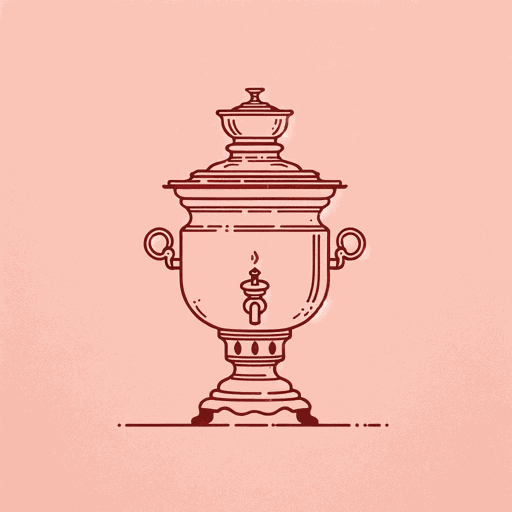30 pages • 1 hour read
Fyodor DostoevskyThe Dream of a Ridiculous Man
Fiction | Short Story | Adult | Published in 1877A modern alternative to SparkNotes and CliffsNotes, SuperSummary offers high-quality Study Guides with detailed chapter summaries and analysis of major themes, characters, and more.
Background
Literary Context: Psychological Realism and Fantastic Realism
A prominent artistic and literary movement of the 19th century, realism seeks to depict objective reality and describe people, events, and other subjects accurately, as they occur in real life. Fyodor Dostoevsky’s work falls under this movement, and with a particular focus on the human experience, he portrays his characters through a psychological lens. As is the case with the narrator of “The Dream of a Ridiculous Man,” psychological realism delves into the inner world of the character and portrays what they experience on the level of emotions, thoughts, and perspective, examining the wider concept of human condition through one character. Exploring the mental world of the character becomes therefore the central point of the story and the driving force of the plot.
Dostoevsky recognized his affinity with realism but added his own qualifier in a famous letter explaining his view: He called his approach “fantastic” realism. He claimed that the extreme, eccentric characters and events that appear in much of his fiction are fantastic when compared to most realist novels. This is necessarily the case, he said, because he is trying to describe a “higher” reality and thus to achieve a higher form of realism.
Related Titles
By Fyodor Dostoevsky

Crime and Punishment
Fyodor Dostoevsky

Notes from Underground
Fyodor Dostoevsky

Poor Folk
Fyodor Dostoevsky

The Brothers Karamazov
Fyodor Dostoevsky

The Devils (The Possessed)
Fyodor Dostoevsky

The Gambler
Fyodor Dostoevsky

The Grand Inquisitor
Fyodor Dostoevsky

The Idiot
Fyodor Dostoevsky

